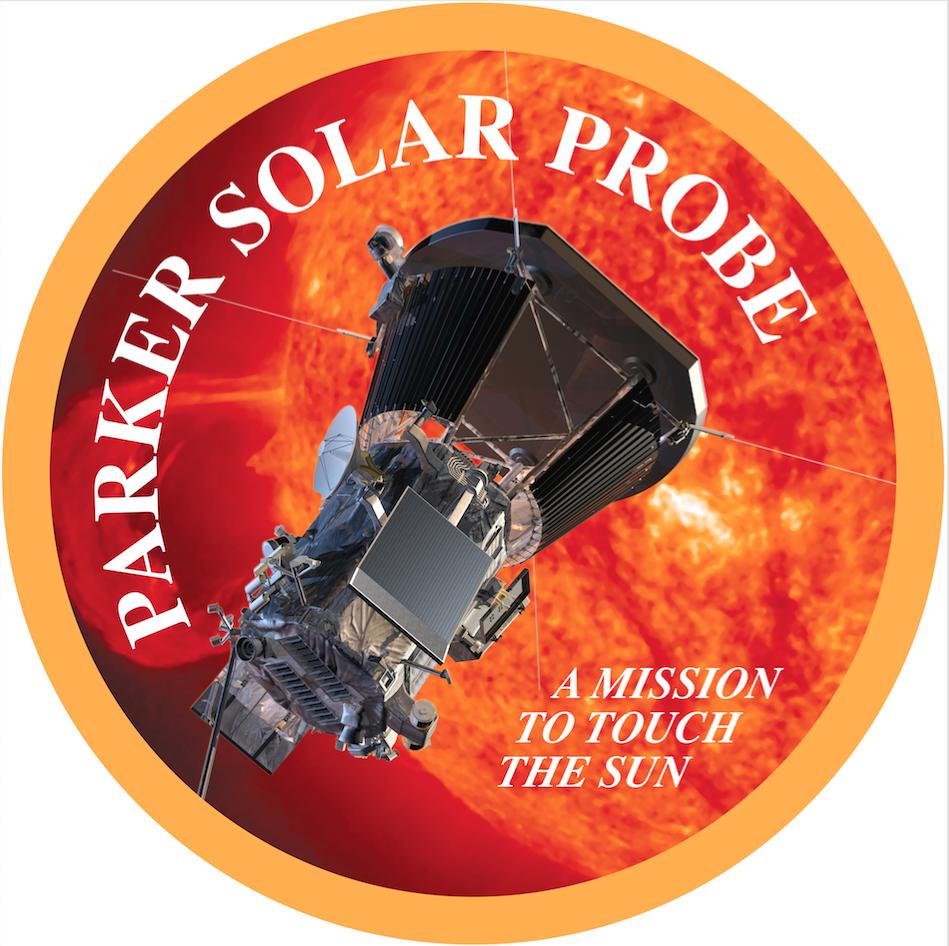Nasa to fly spacecraft straight into the sun next year
Your support helps us to tell the story
From reproductive rights to climate change to Big Tech, The Independent is on the ground when the story is developing. Whether it's investigating the financials of Elon Musk's pro-Trump PAC or producing our latest documentary, 'The A Word', which shines a light on the American women fighting for reproductive rights, we know how important it is to parse out the facts from the messaging.
At such a critical moment in US history, we need reporters on the ground. Your donation allows us to keep sending journalists to speak to both sides of the story.
The Independent is trusted by Americans across the entire political spectrum. And unlike many other quality news outlets, we choose not to lock Americans out of our reporting and analysis with paywalls. We believe quality journalism should be available to everyone, paid for by those who can afford it.
Your support makes all the difference.A NASA spacecraft is going to fly straight into the sun next year.
The mission is humanity's first ever trip to a star and will be one of the biggest achievements in the history of space exploration.
Scheduled to launch in summer 2018, the Solar Probe Plus will fly within 4 million miles of the sun's surface — right into the solar atmosphere. It will be subjected to brutal heat and radiation like no other man-made structure before.
The purpose is to study the sun's outer atmosphere and better understand how stars like ours work.
The probe will orbit within 3.9 million miles (6.2 million kilometres) of the Sun's surface and withstand temperatures of nearly 1,377 degrees Celsius (2,500 degrees Fahrenheit).
According to Nasa, the spacecraft will come "well within the orbit of Mercury" and will be "more than seven times closer than any spacecraft has come before".
The last time a spacecraft came close to the star's surface was in 1976, when Helios 2 achieved perihelion - point of the orbit at which it was closest to the Sun - at 27 million miles (43 million kilometres).
Nasa said in a statement: "The spacecraft will explore the Sun's outer atmosphere and make critical observations that will answer decades-old questions about the physics of how stars work.
"The resulting data will improve forecasts of major space weather events that impact life on Earth, as well as satellites and astronauts in space."
The Solar Probe Plus will be protected from the Sun's brutal heat and radiation by a special carbon-composite heat shield that is 11.43cm (4.5in) thick.
The announcement came during a ceremony honouring astrophysicist Eugene Parker, professor emeritus at the University of Chicago. The probe will be named after the influential solar scientist, who laid down much of the foundations of our understanding of how stars affect the planets around them, with Nasa announcing its new name wil be the Parker Solar Probe.

“This is the first time NASA has named a spacecraft for a living individual,” said Thomas Zurbuchen, associate administrator for NASA’s Science Mission Directorate in Washington, in a statement. “It’s a testament to the importance of his body of work, founding a new field of science that also inspired my own research and many important science questions NASA continues to study and further understand every day. I’m very excited to be personally involved honoring a great man and his unprecedented legacy.”
“The solar probe is going to a region of space that has never been explored before,” said Professor Parker. “It’s very exciting that we’ll finally get a look. One would like to have some more detailed measurements of what’s going on in the solar wind. I’m sure that there will be some surprises. There always are.”
Additional reporting by agencies

Join our commenting forum
Join thought-provoking conversations, follow other Independent readers and see their replies
Comments